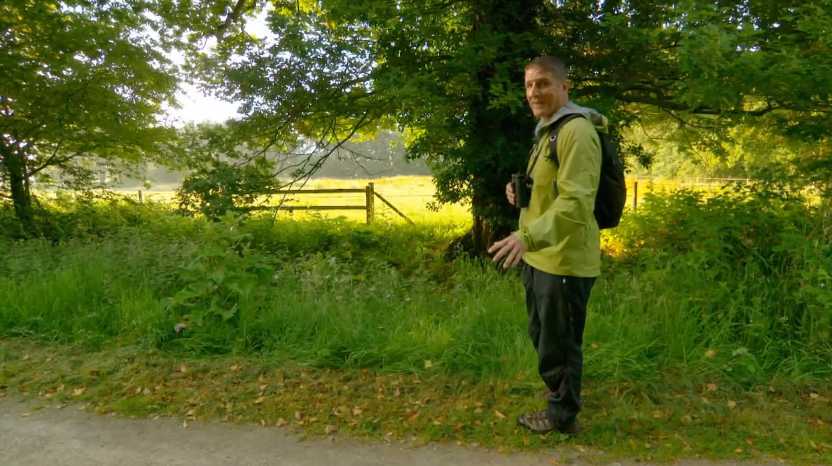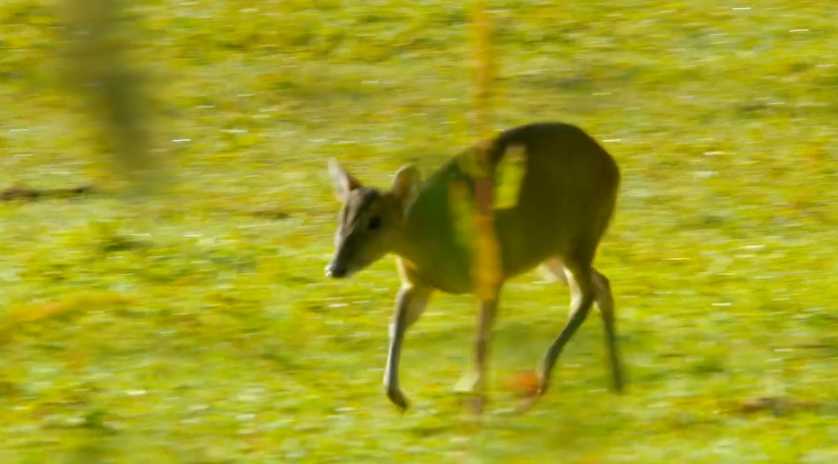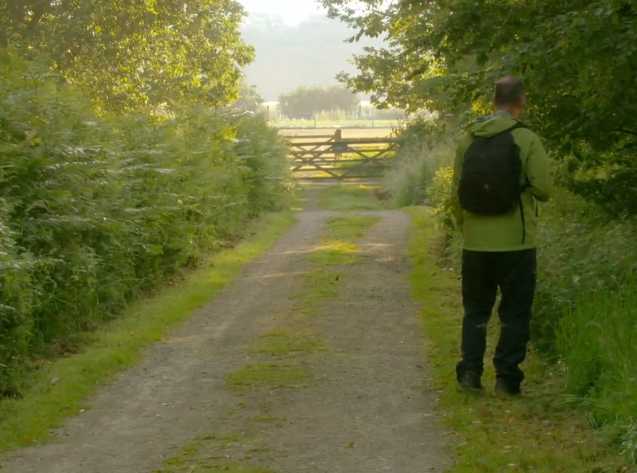filming wildlife sequences – part one
how to keep editors happy
If you can keep editors happy with your sequence building ability, congratulations. If any of them ever says, ‘Today’s lesson is filming wildlife sequences – part one,’ just listen with humility. You will almost certainly learn something.
filming wildlife sequences – part one: this is a subject that I could write a book about. Don’t worry, I don’t intend to do that! There’s more demand for a dustbin that says ‘get lost’ every time you throw something putrid into it. Hang on, thinking about it… 🙂
As a wildlife cameraman your goal in life is to film stunning shots, footage that audiences will never forget. I hope you achieve that. But in truth, the vast majority of any programme comprises ‘normal’ footage, filler material that helps to tell the story. Most of what you film will be relatively unexciting in its own right. Even so, that material will build sequences leading to the climax shots, and it will give them some context. Don’t dismiss that footage as second rate, as unworthy of your concentration; it is just as important as the ‘filmic gold’ that you’re desperate to capture.
In theory filming wildlife sequences is not rocket science, it’s not even a Christmas chemistry set. Despite that, everyone knows that theory and practice are uncomfortable siblings. What seems easy when you’re discussing it over a coffee can be challenging in practice and under pressure. I’ll be exploring all of this in later posts, but for the time being let’s detail one example of filming that I encounter regularly. Hence, filming wildlife sequences – part one.
You can build wildlife sequences over any span of time, indeed, it may take years to film some sequences. This particular post is about a sequence that was built in minutes, and one of the many that I am particularly fond of. Check out this link for information about the muntjac deer.
someone spots a muntjac deer
Here is the context. I am filming a wildlife series with Iolo Williams. The brief is to film wildlife encounters as they happen. The pressure is on, because we are filming half hour programmes in four days. If the wildlife is cooperative and the weather is fine, great, but fat chance of that in the UK! This time we are in Norfolk, at dawn, out on a reserve on a quiet, glorious morning. The chance of anyone disturbing us is quite slim, so we have that in our favour. Bear in mind that we are a crew of five stalking around, trying to be quiet: it ain’t ideal.

Someone in the team spots a muntjac deer on the far side of a field, so the director decides it’s worth trying to make a sequence of this. In this series we try to film two shots, that is, Iolo and the subject in shot at the same time. That can be very tricky depending on many factors. In this case we’re talking about a relatively large animal that we will not be able to approach without spooking it, so it’s a matter of getting Iolo in the foreground, muntjac – background. In addition to the two shots the sequence is only worth having if I can film reasonable close shots of the deer. It’s very likely that the muntjac will disappear into cover to feed. Our filming window could be extremely short.
At the time that we spot the deer I have a Canon HJ14 on the Sony F55, which is great for wider set up shots but not for close shots of the deer. We make a sign language decision to cover Iolo talking about spotting the deer with that lens. After that we are looking to the gods for help.
breaking down the sequence
The sequence looks has three parts, like any good story. There’s the discovery, the bit in the middle, and a conclusion. Like I say, none of it is rocket science. The filming however in my mind is in two parts. Firstly we have Iolo talking about discovering the deer, which is in the background. Trust me, it’s there, it’s just not a very good copy. After his dialogue I spent a few seconds filming a couple of shots of Iolo just watching through binoculars too. With the introduction, set up and ‘watching’ cutaways filmed it was time to change lens. By this time I am twitchy that the deer will vanish without us having any close shots of it.
change the lens
The rest of the sequene was filmed with a Canon HJ18 telephoto. Just a tip, practise changing those lenses if you ever do this type of filming; it’s the difference between success and failure. Under pressure you can get the lens alignment wrong, drop bits of the lens support accidentally knock a macro button in. If it can go wrong it will. Alternatively, use the wildlife cameraman’s favourite, the HJ40. You could do the whole sequence on that lens and have no worries about changing.
the unexpected
With the telephoto on the camera the muntjac decides to come across the field towards us, and it just keeps coming. In this situation I just keep the camera running. Everything Iolo is saying is being recorded ‘as live’. Replicating this kind of excited delivery in narration is impossible. In my head I’m also thinking about editing: do I let the muntjac come into shot? Do I let it go out of shot? It’s all a bit ‘cold zero’ and there’s no time to think it through. The deer isn’t going to hang around and perform for us so I decide to just stay on it. No messing around, because every frame is going to be useful and the editor can always cut to Iolo watching if I mess up.

disappearing muntjac
Eventually the muntjac disappears from view. It has come so close to us that it disappears behind the foreground vegetation. Then it appears to be moving away to our left down the field edge. At a prompt from our director Iolo moves down the track in the same direction. Who knows what is going to happen next, but there is a chance the muntjac will cross the track and Iolo is in the foreground. With the HJ18 zoomed out as wide as possible the deer obliges and crosses the track. It’s one of those wildlife cameraman moments where you go, ‘Phew.’ On the sequence you will see Iolo look around at me with a, ‘Did you get that?’ look. What about the little zoom in? It felt right at the time and in context works for me. Perhaps it enhances that ‘live’ feel that we were looking for.

Conclusions
I reckon that the cut sequence is not far off what happened in real time. And I think just about every usable bit of muntjac footage was in there. For our current series we are tending to approach sequences like this with two cameras, the director on Iolo, me on the wildlife. That makes a lot of sense. Things can fall apart when you have to change lenses where wildlife is concerned, but not always.
That’s the end of filming wildlife sequences – part one. I hope it’s useful. I’m never quite sure how much detail to go into. Next time we’ll try something a bit more blue chip. Hwyl!
